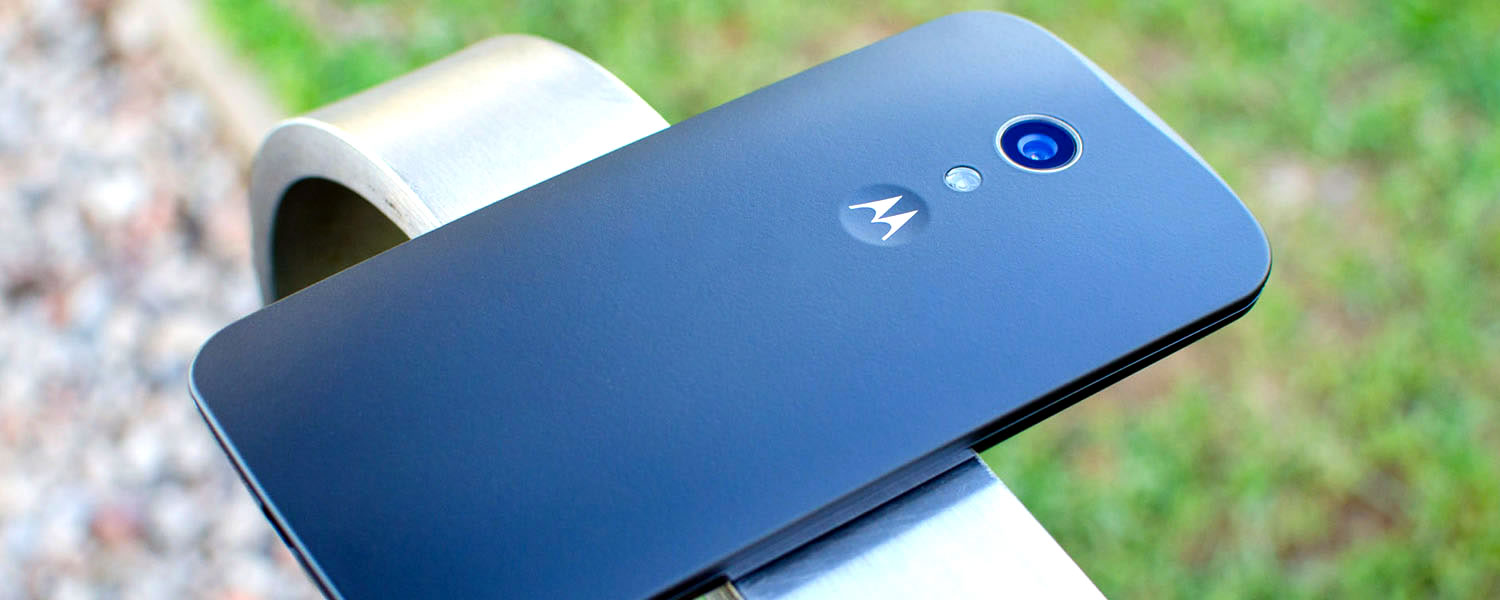Still Our Favorite Budget Smartphone
The Motorola Moto G is an impressive update to its highly regarded predecessor, addressing several issues with the first generation model and improving a few bits of hardware. However, it's still not the perfect entry-level phone people might have been expecting, with the new additions not stretching to every corner of the device.
One of two major changes to the Moto G is the new 5.0-inch 720p LCD display, which increases the size of the smartphone and gives you more screen space to work with. While some people will prefer the older 4.5-inch display from a usability standpoint, I had no issues with it. Most importantly though, the quality of this display is the best in its class, producing vibrant and sharp images that wouldn't look out of place on a higher-end handset.
The camera is the other major change, and it's a significant one. The new eight megapixel Sony sensor is far and away superior to the five megapixel offering in the first-gen Moto G. The Moto G produces the best images in strong lighting, as is the case with most smartphones, but it's no slouch in cloudy weather or indoors either. It begins to struggle in low lighting where the sensor's quality isn't up to scratch, and the camera app is quite basic, though these issues can be forgiven when the device itself costs under $200.
The comfortably curved, ergonomic design has received some minor changes, most notably front-facing speakers, which keeps the phone easy to use despite the size increase. Motorola won't win any design awards with a standard smartphone slab, but it does the job without a fuss. The removable back cover is now more useful, thanks to the inclusion of a microSD card slot to expand upon the 8 GB of internal storage.
Internally the rest of the 2014 Moto G's hardware is identical to the 2013 model. The Snapdragon 400 SoC generally isn't a slouch across operating system tasks, apps and games, however I did notice a few software-related issues that makes switching between apps feel slower than other Snapdragon 400 handsets I've used. Hopefully Motorola can issue a swift update to improve this aspect of performance.
The main downside to the Moto G is that there's still no LTE included, despite Motorola specifically updating the first-gen Moto G to add one in. For many people I imagine HSPA+ will suffice, especially when the phone costs just $179, but in 2014 no LTE is becoming a glaring omission.
It's no surprise to find stock Android included with the Moto G, and it's a welcome addition. Motorola hasn't made too many changes to the software stack, though their few included first-party applications are genuinely useful. There's also a promised update to Android L in the future, and judging by past updates Motorola will be very quick to deploy it to this handset.
As far as I see it, the updates to the Moto G are enough to keep it as my recommended budget smartphone. Motorola brings a lot of value to the table for the low price of $179, and even though there are still some downsides to the device, it's undoubtedly a great buy.
Pros: Significant updates to the display and camera are very welcome. Front-facing speakers add to an ergonomic design. Vanilla Android offers the best, unaltered experience. Fantastic value for money.
Cons: Still no LTE. Minor software optimization issues.


